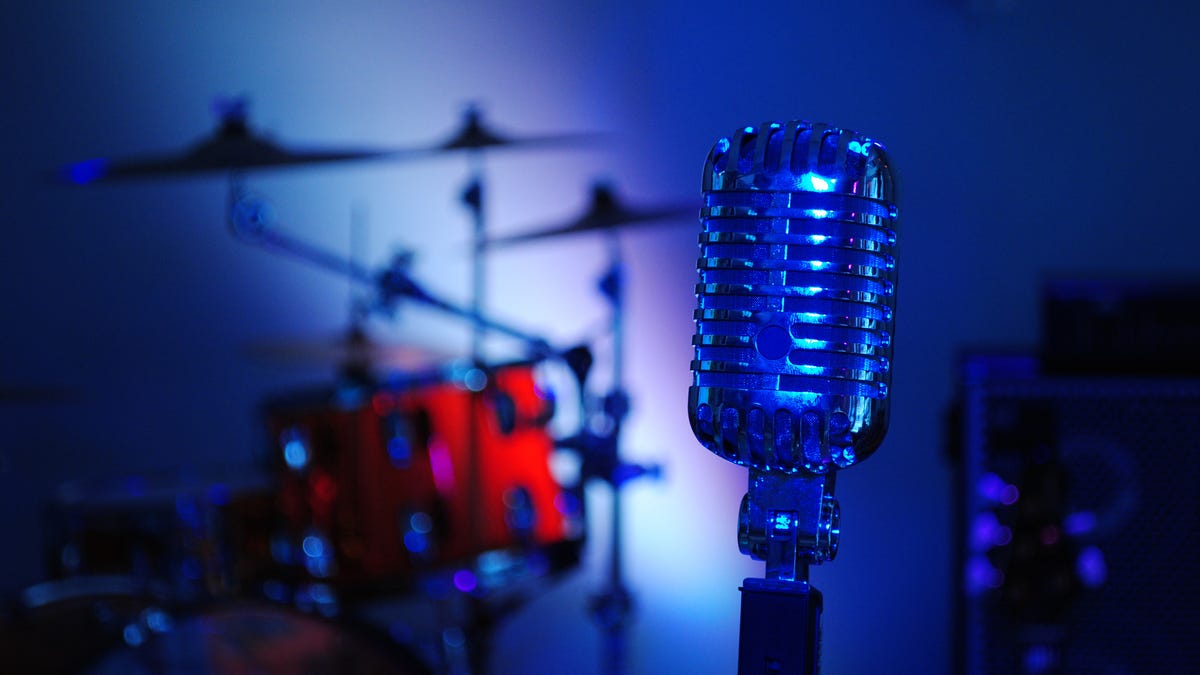You may have seen both USB and XLR microphones if you’ve been shopping around for a decent mic to add to your recording setup. And the choice on which to use is really up to you and what fits your needs and budget, but there are a few factors to consider first.
A USB microphone is a great option for beginners, as well as anyone who is just looking to try out a few recording ideas at home. Not only are they affordable, but they often feature several different pickup patterns (how it records sound) to suit a variety of recording situations like one-on-one podcast interviews, single-host live streams, and of course, home studio recording. The biggest drawback of a USB mic is that since they are meant to be more accessible, and therefore more affordable, they aren’t going to use pro studio-grade components. Which means you’ll sacrifice clarity and fidelity in favor of versatility and cost efficiency.
On the other hand, an XLR mic is a better choice for more experienced home recording artists. These usually use a 3-pin cable connection as well as two devices called the phantom power and preamp modules. A USB mic gets power from your computer, tablet, or whatever device you have it plugged into, but an XLR mic requires the phantom power unit in order to work properly. The preamp module is what allows you to adjust things like gain and mic monitoring volume before running the audio signal to your PC or tablet to process in your favorite music production software. Some XLR mics, like the SteelSeries Alias Pro, come packaged with a combo phantom power/preamp module, making them more cost effective as well as better choices for smaller home recording studios that may not have space for a lot of dedicated equipment.
